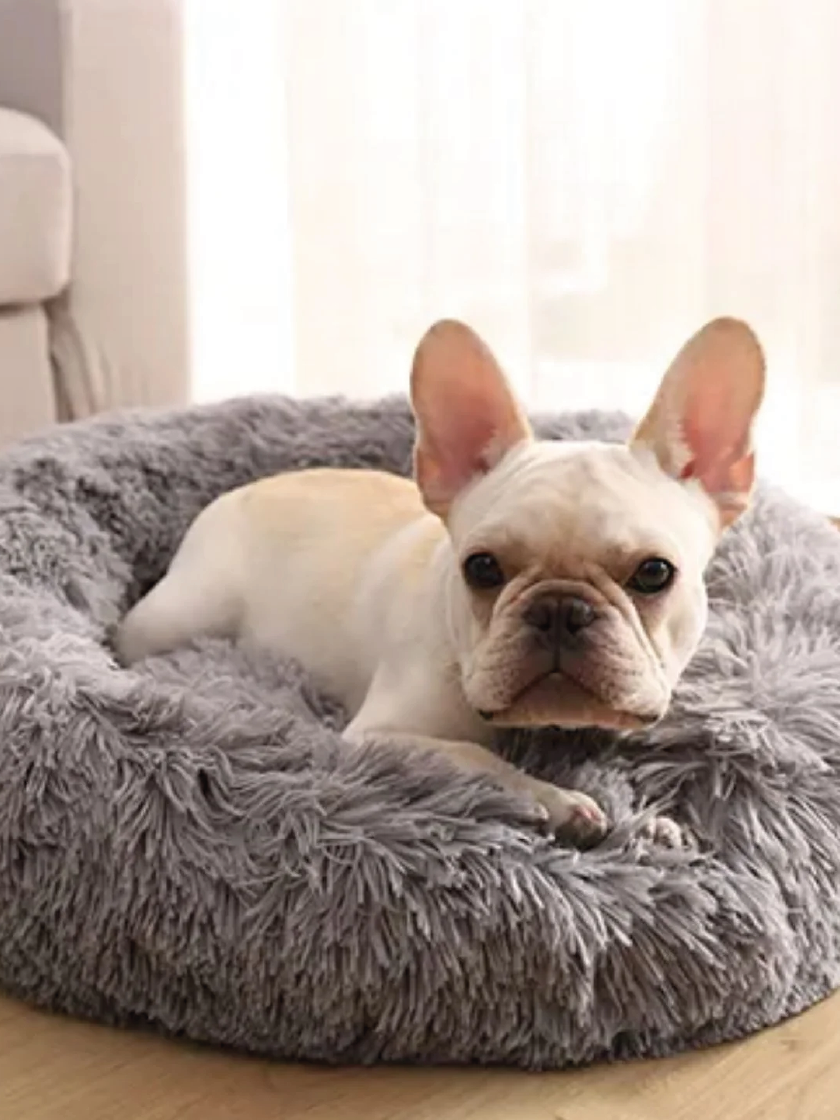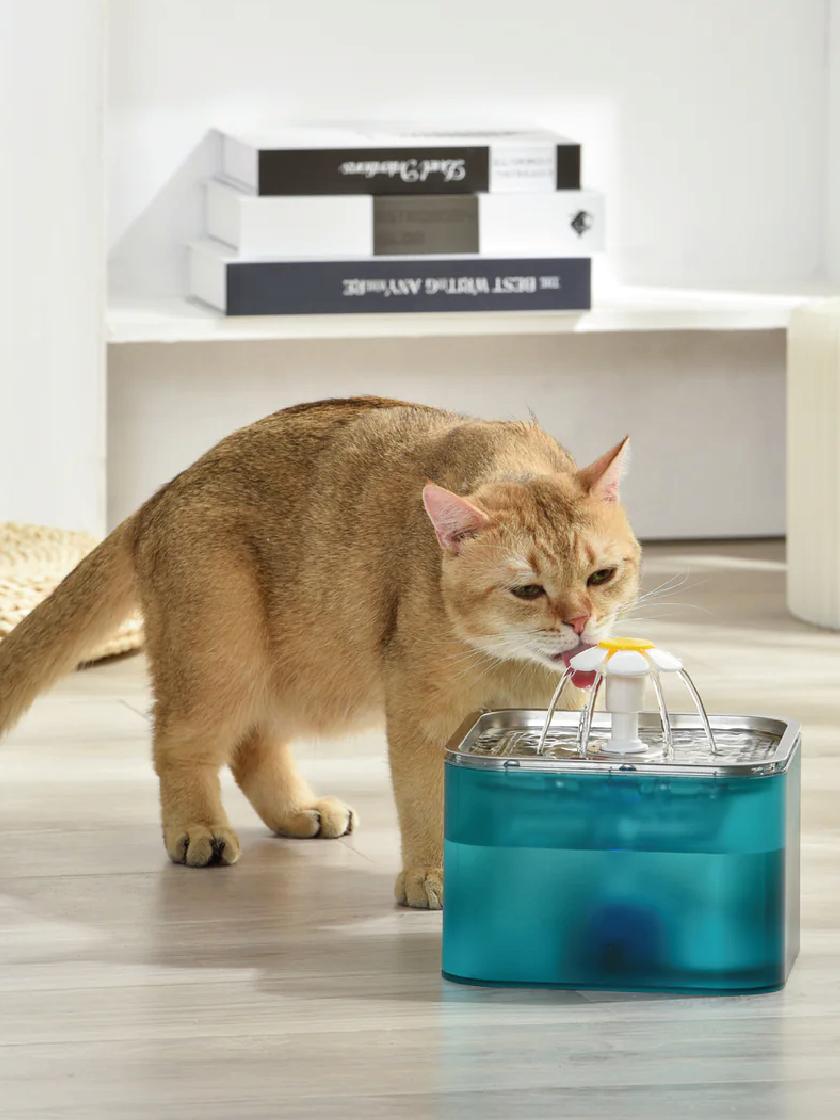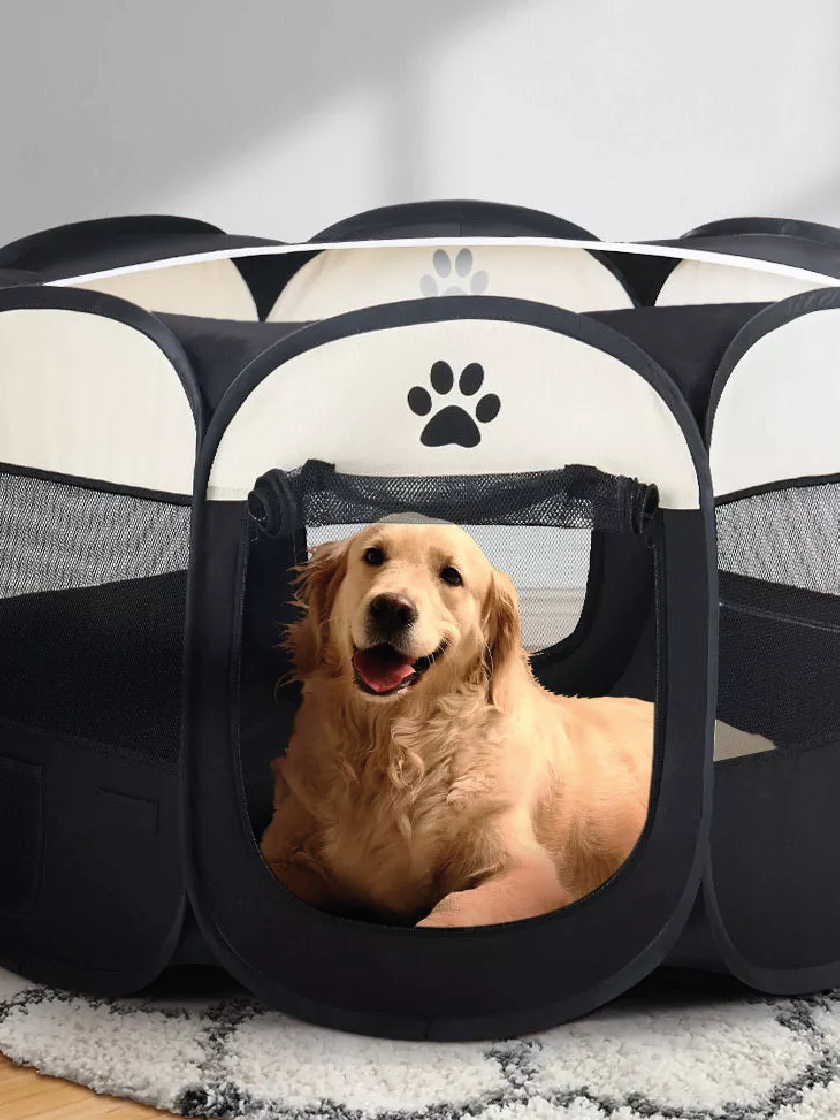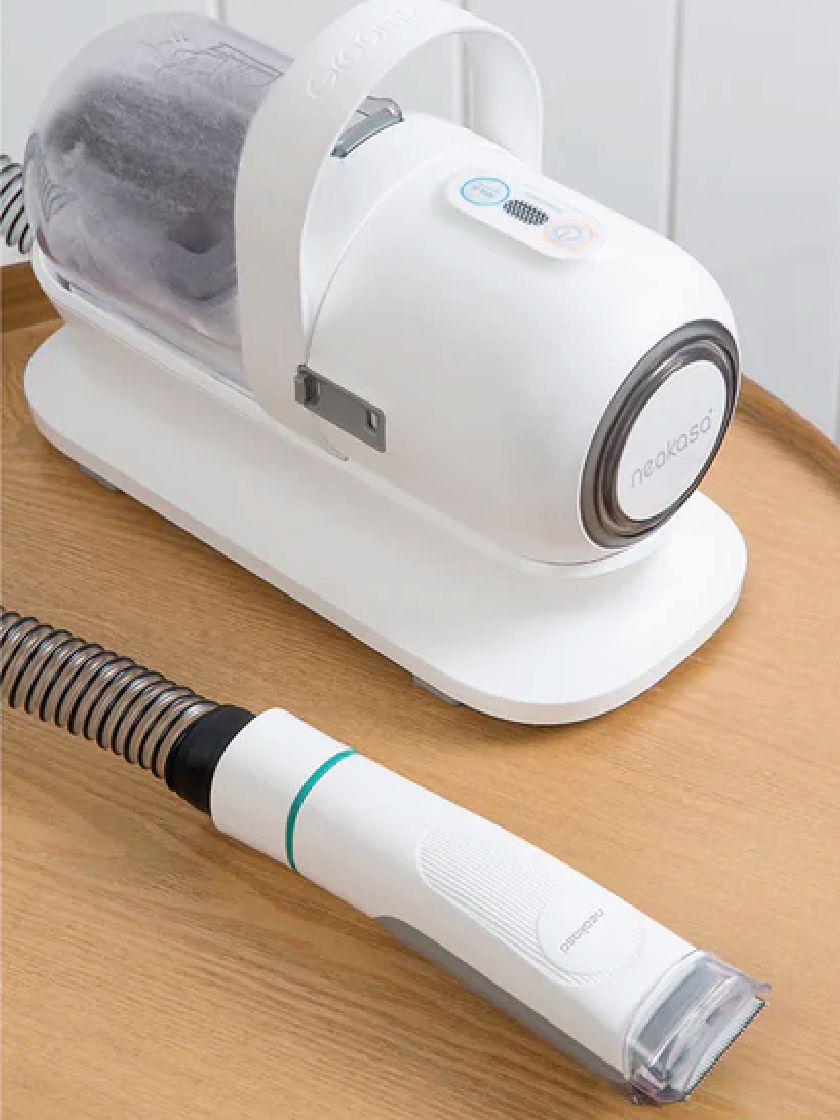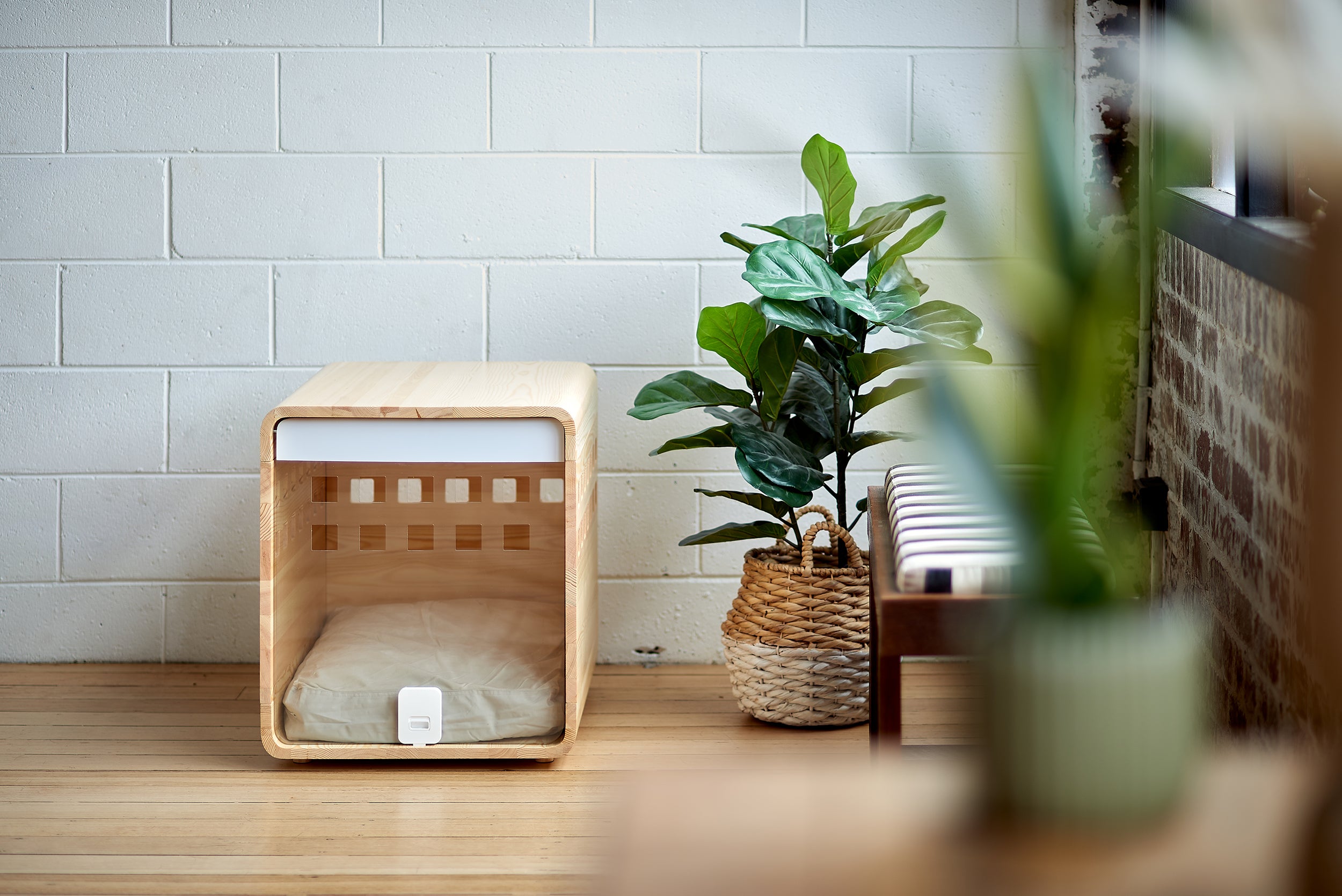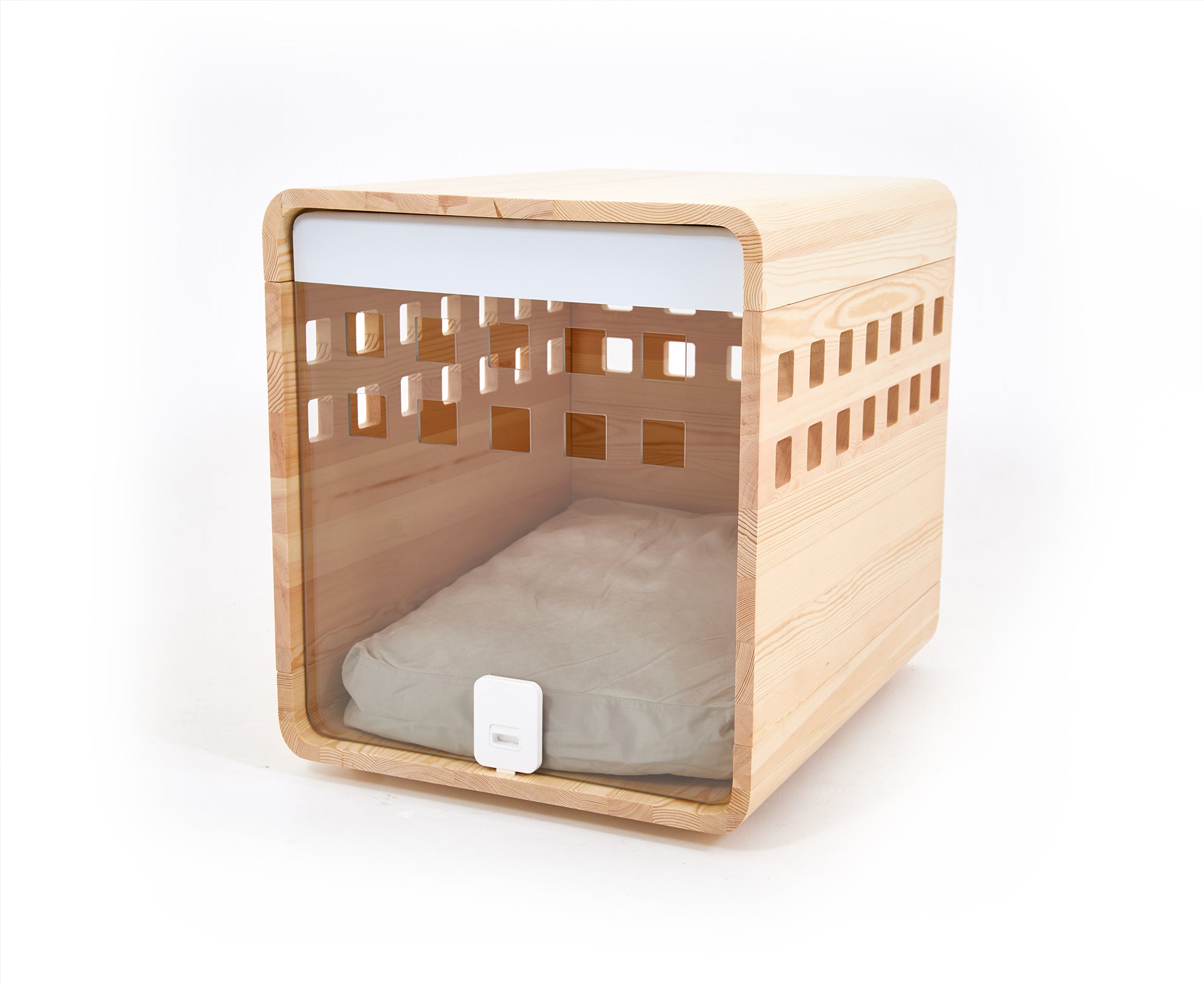
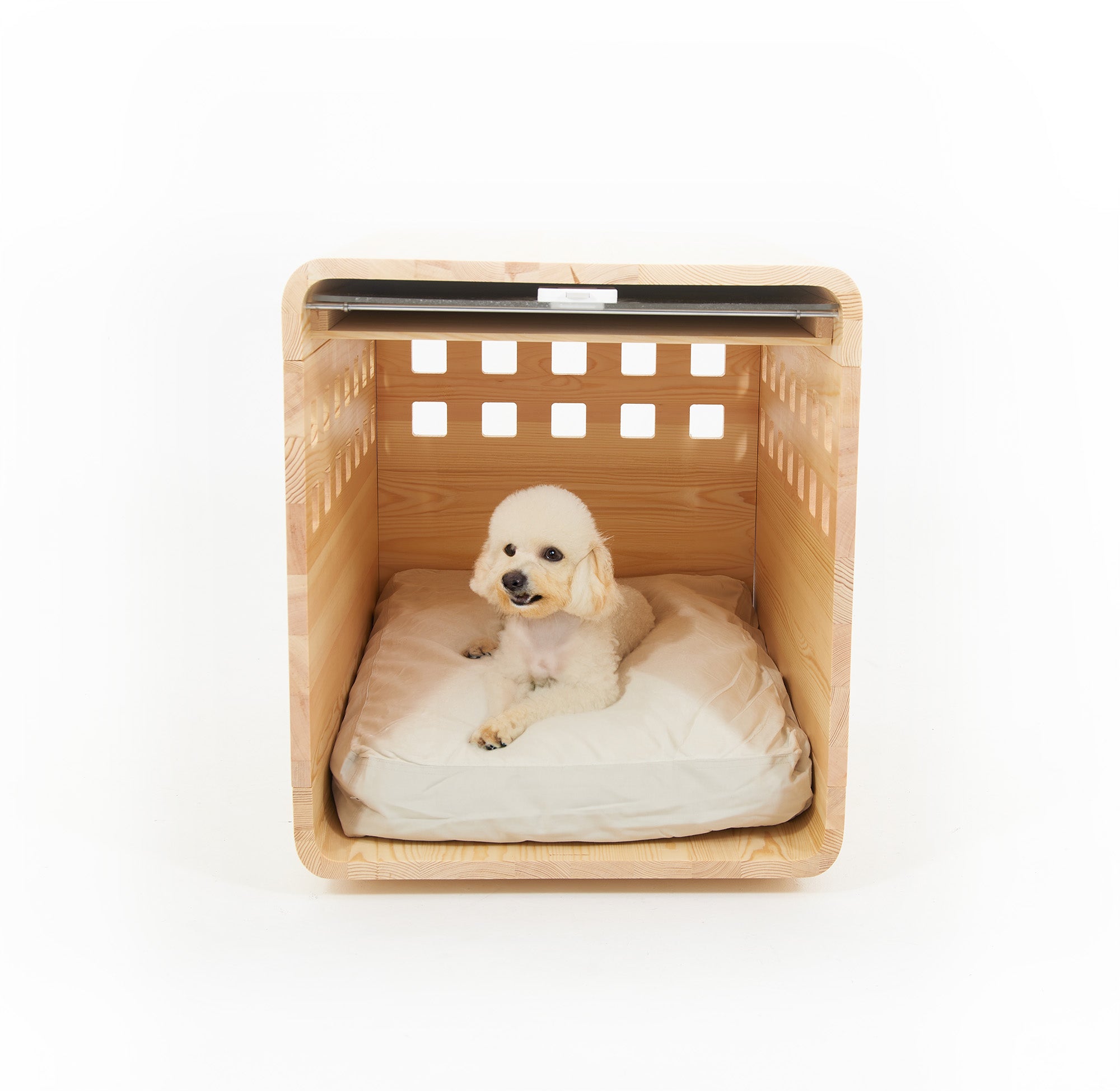
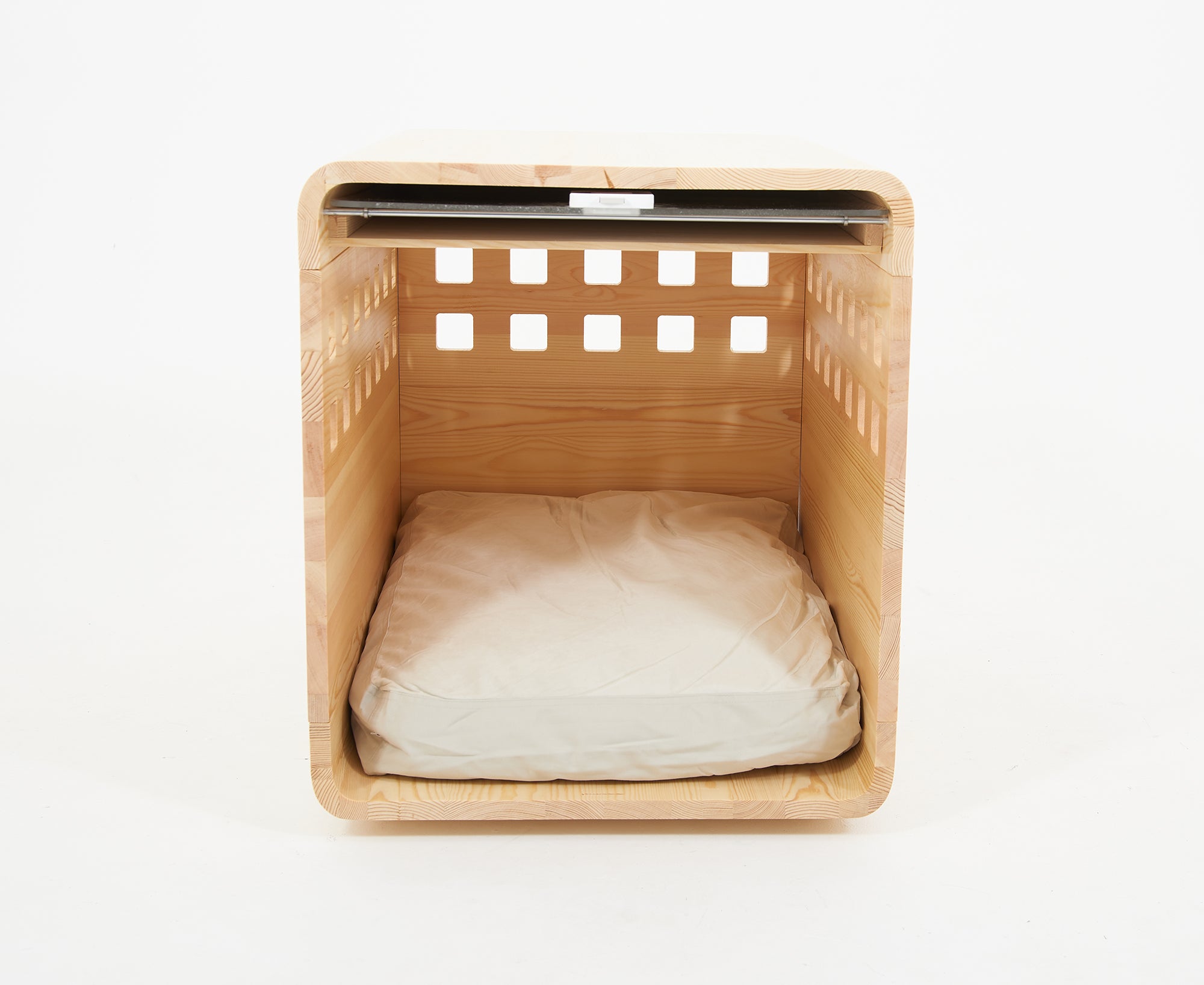
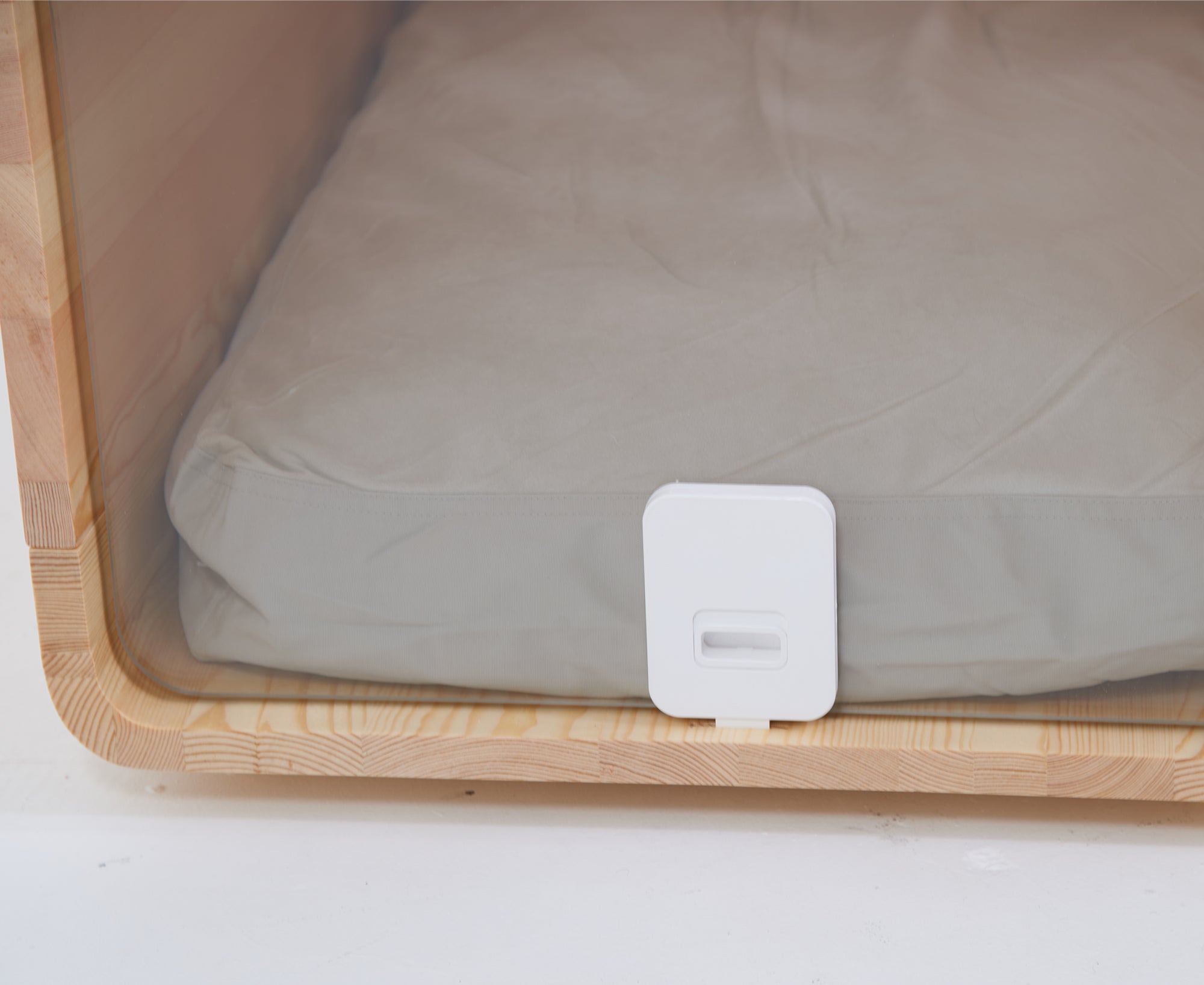
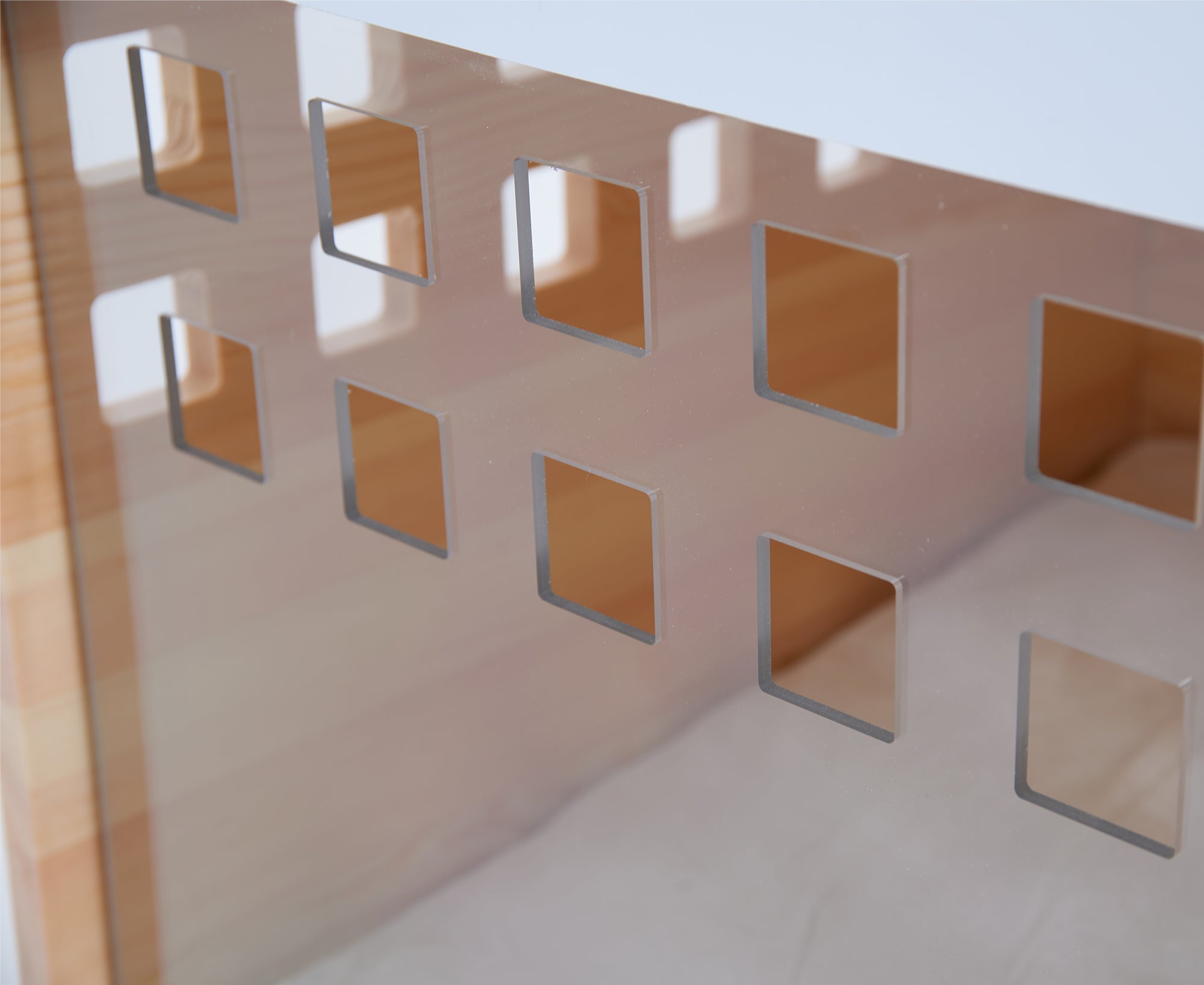
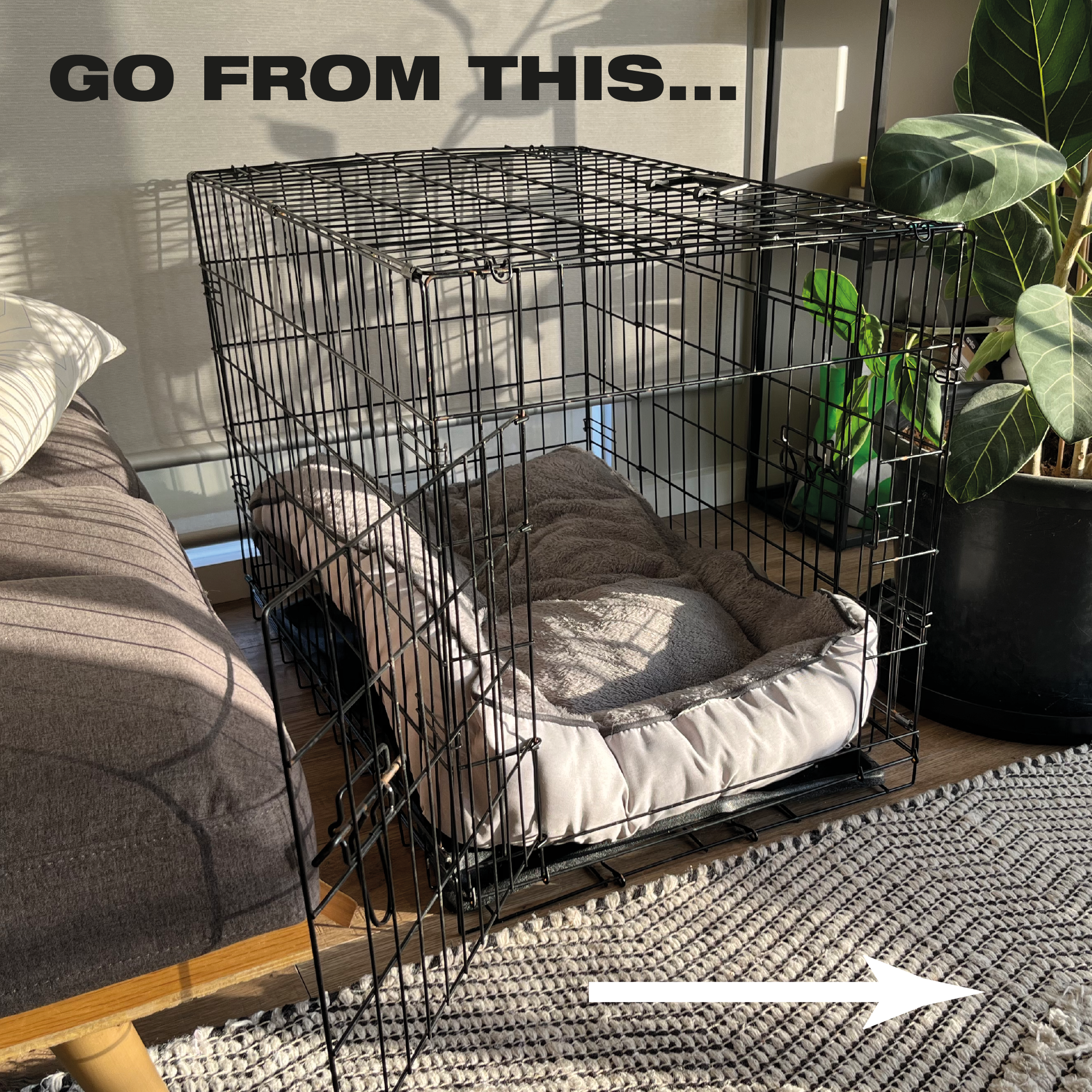
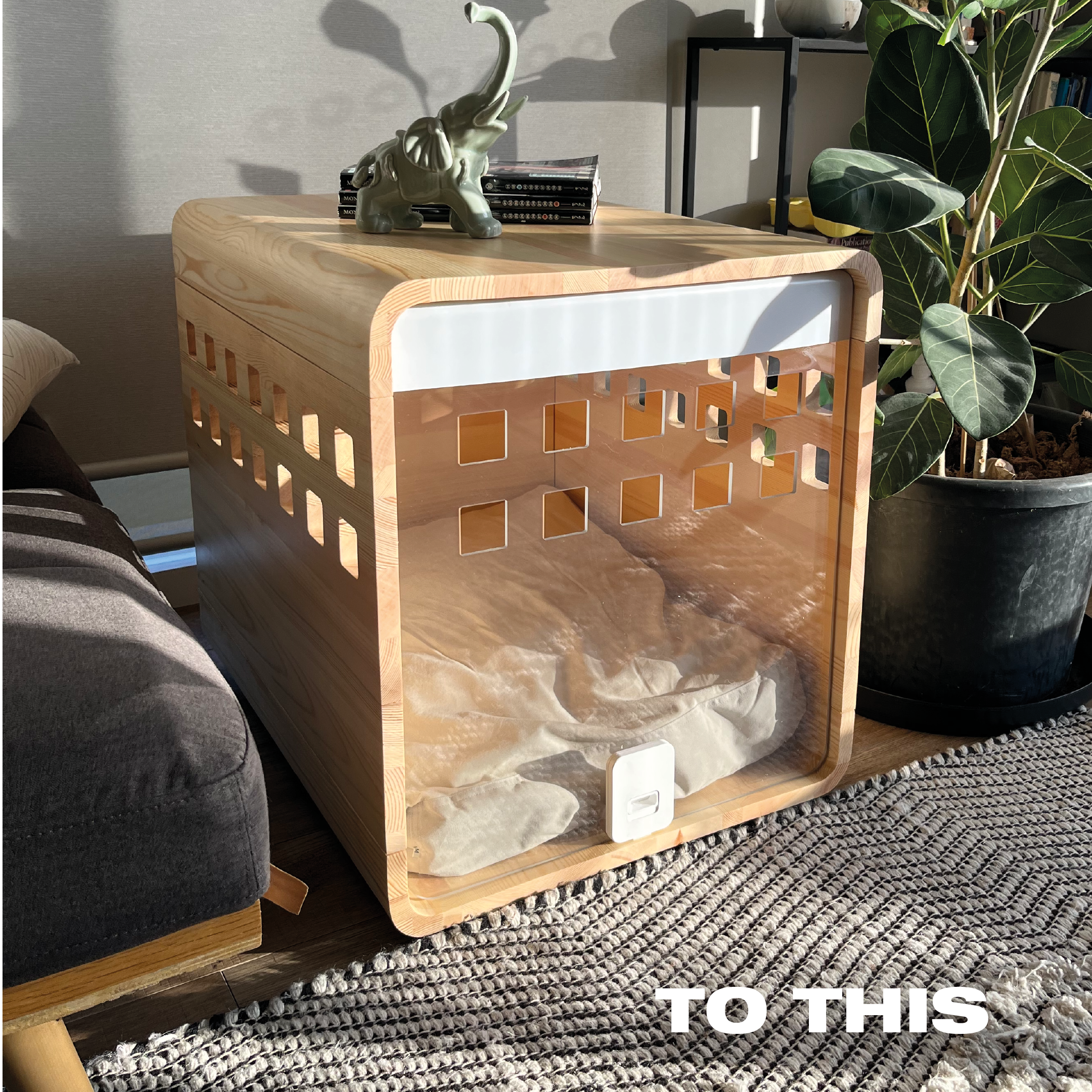
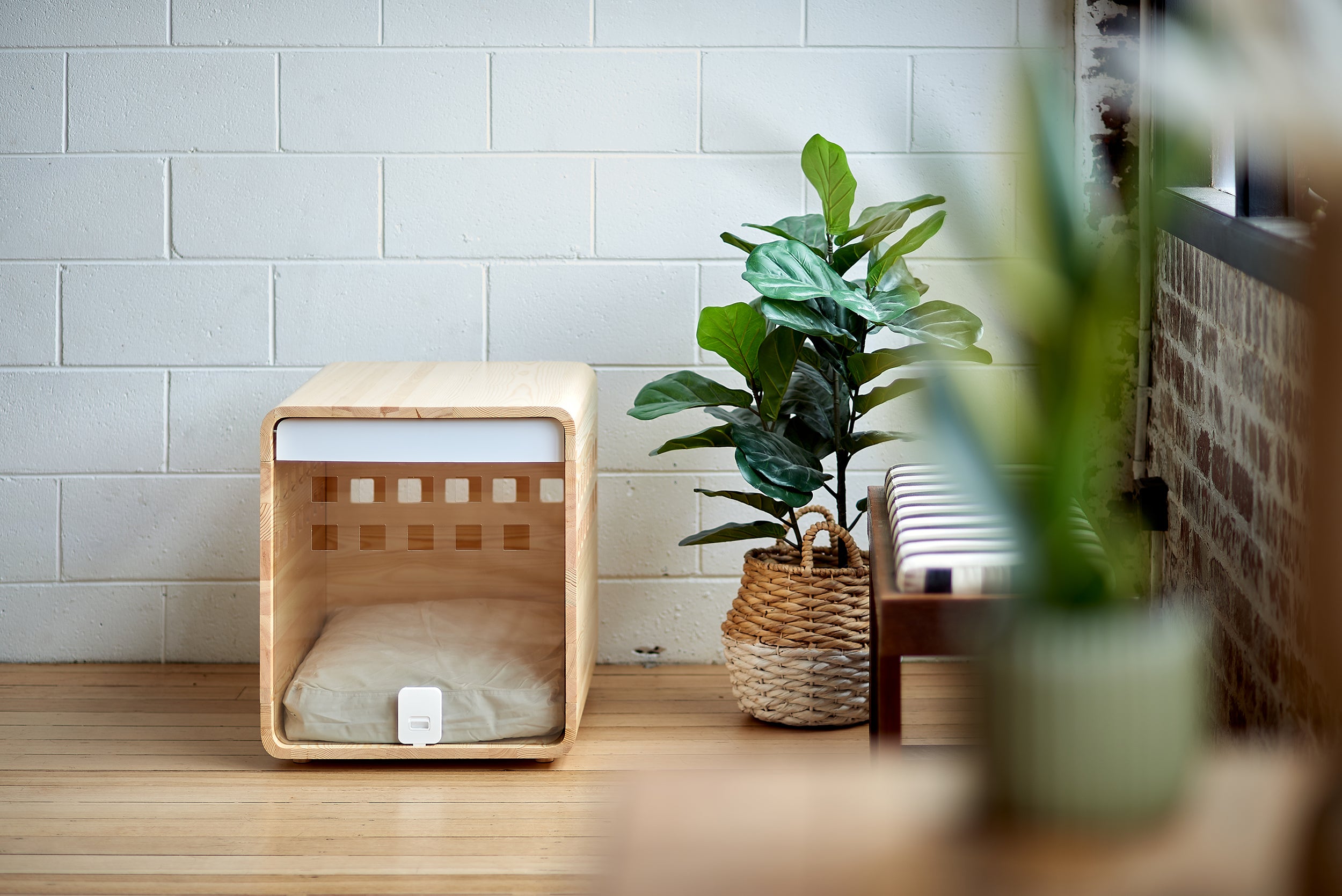
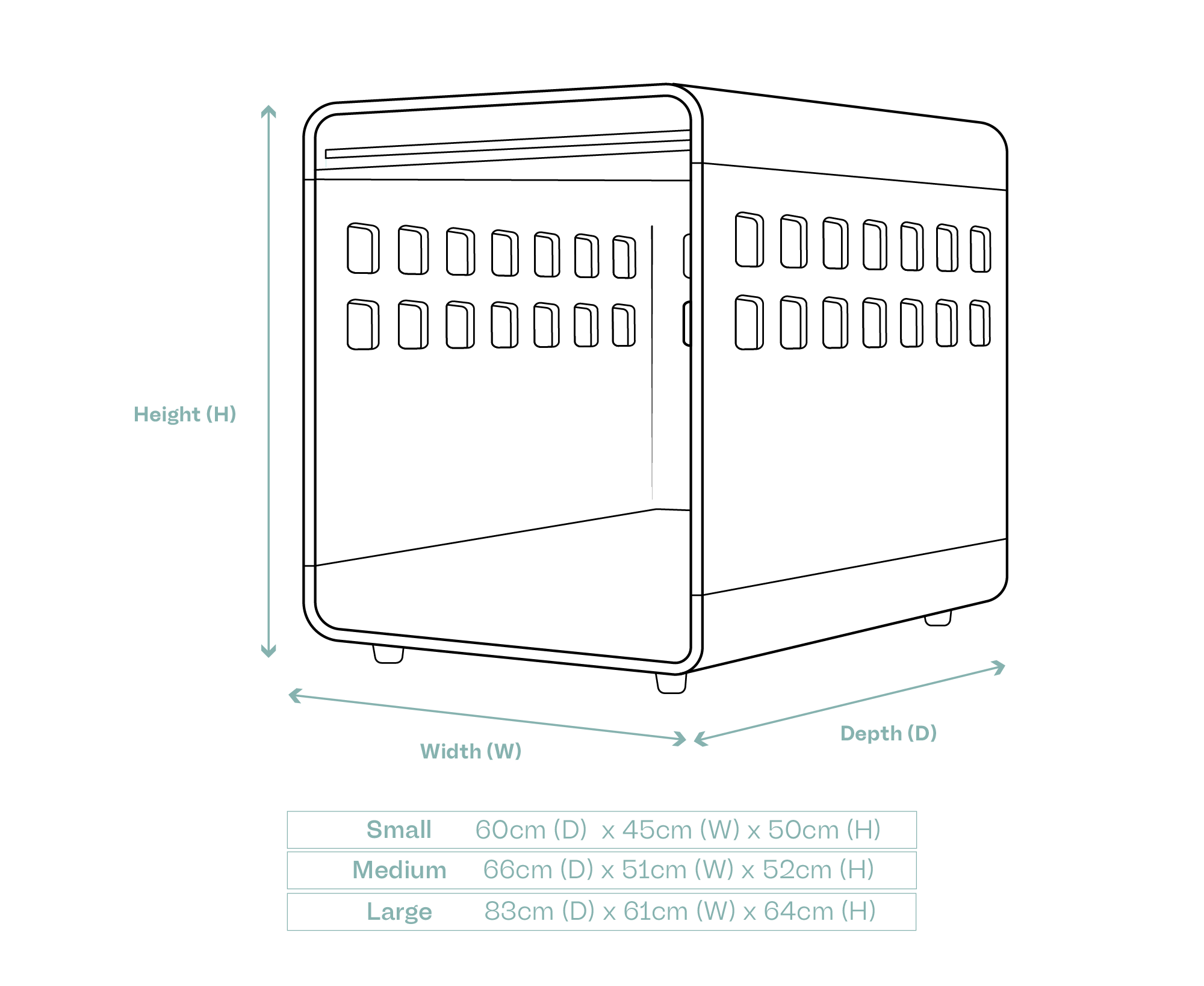
Timber Side Table Crate Furniture Dog Pet
Choose options
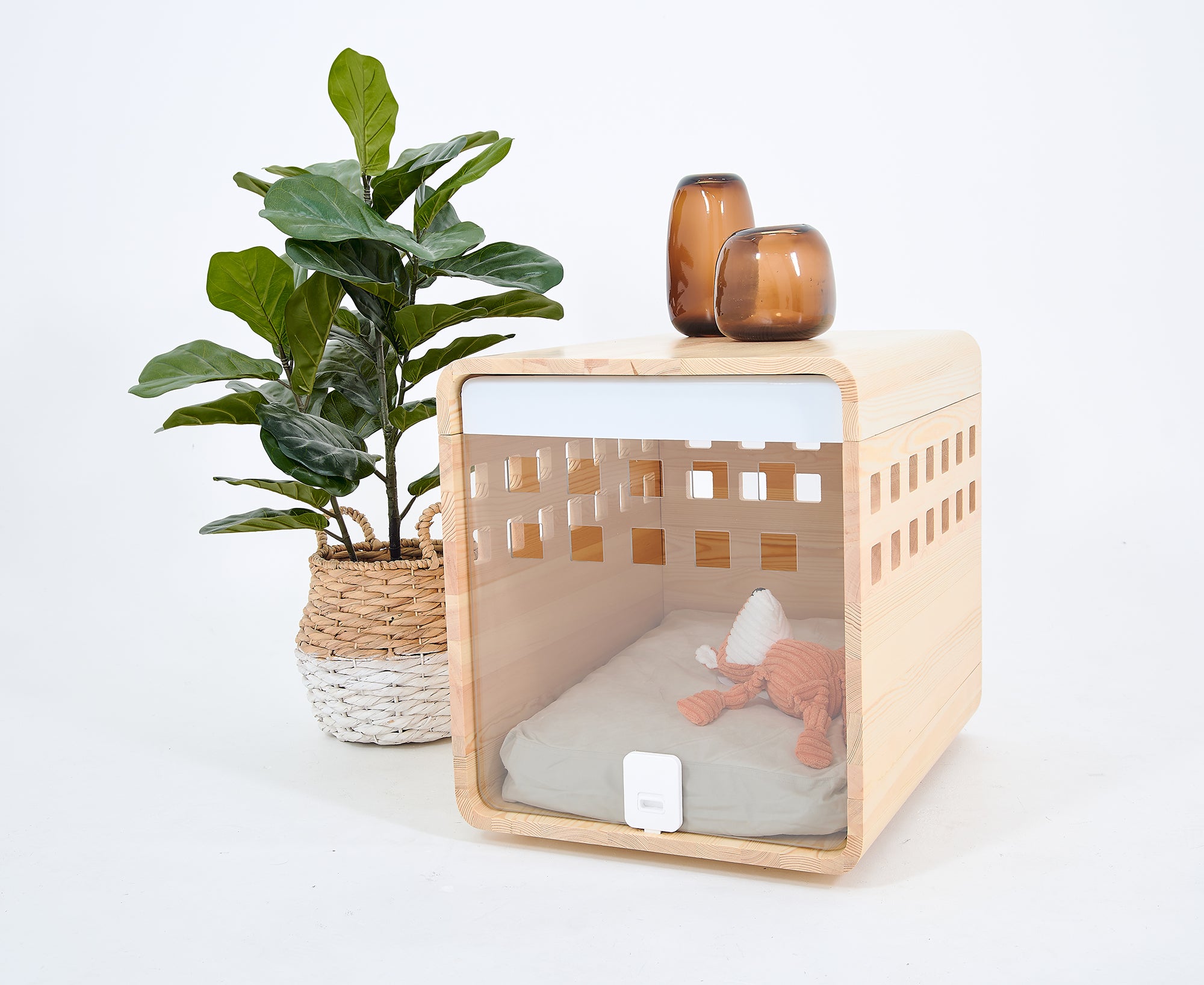
Luxurious Wooden Dog Crate With Acrylic Door
A dog crate that is a stylish addition to your home made with premium materials. With double function as side table a den environment for your pet.
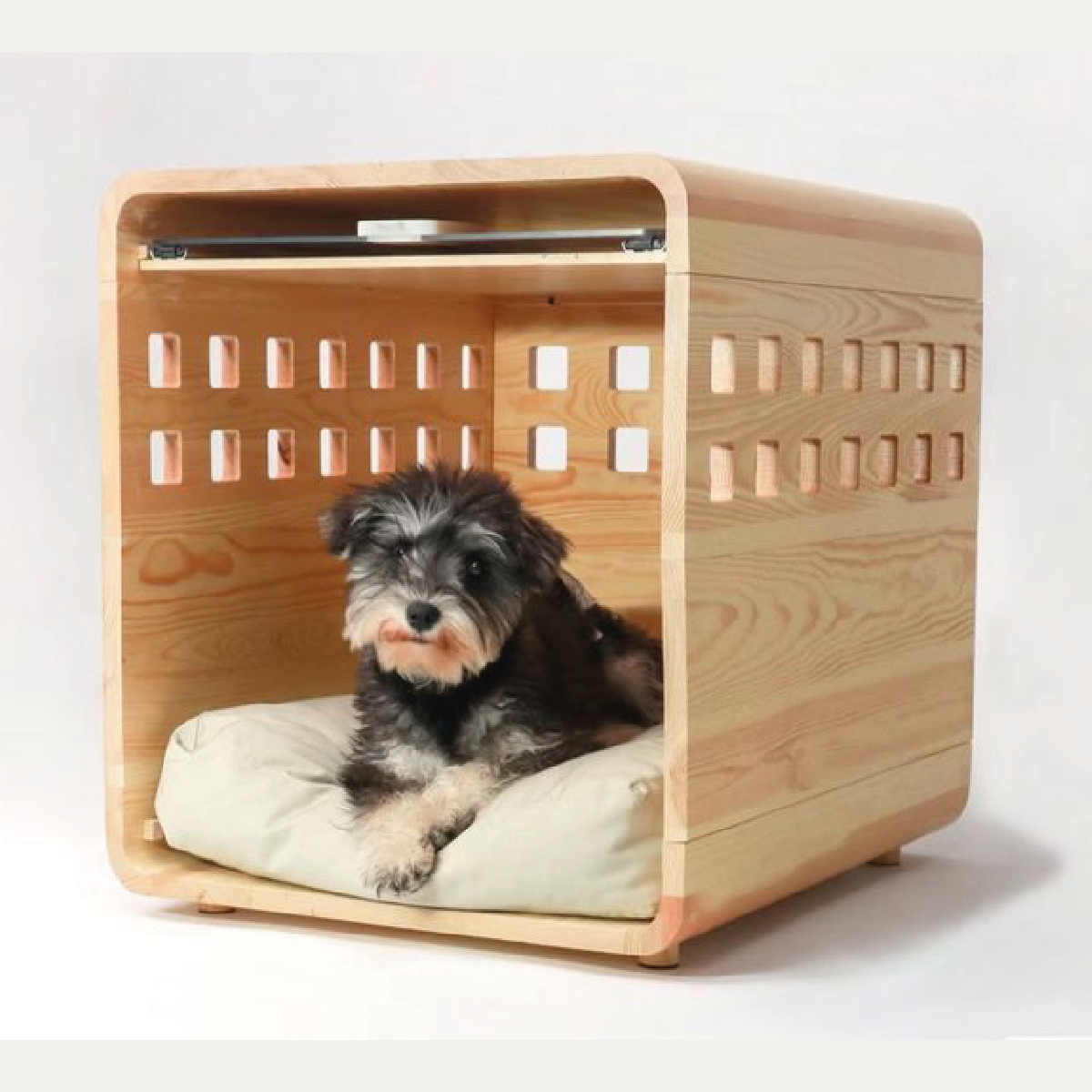
SAFE DEN
A crate can provide a comfortable space and sense of security for your dog. A place your dog can retreat to when feeling overwhelmed, stressed, or when they just want to relax after a day’s adventure.
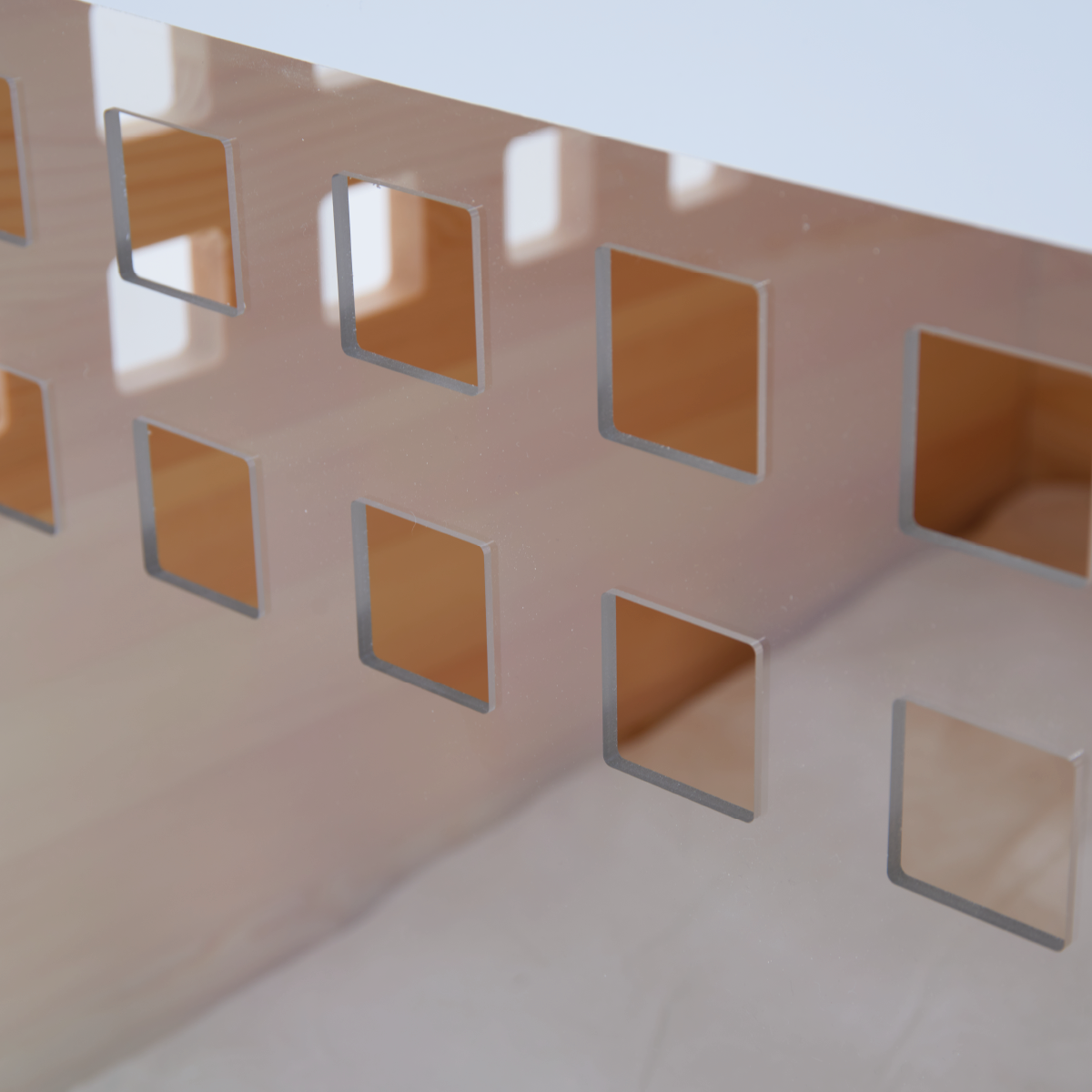
CLEAR VIEW
The design allows for ventilation & air flow. The see through door lets your fur-baby get a clear view of their surroundings and relax.
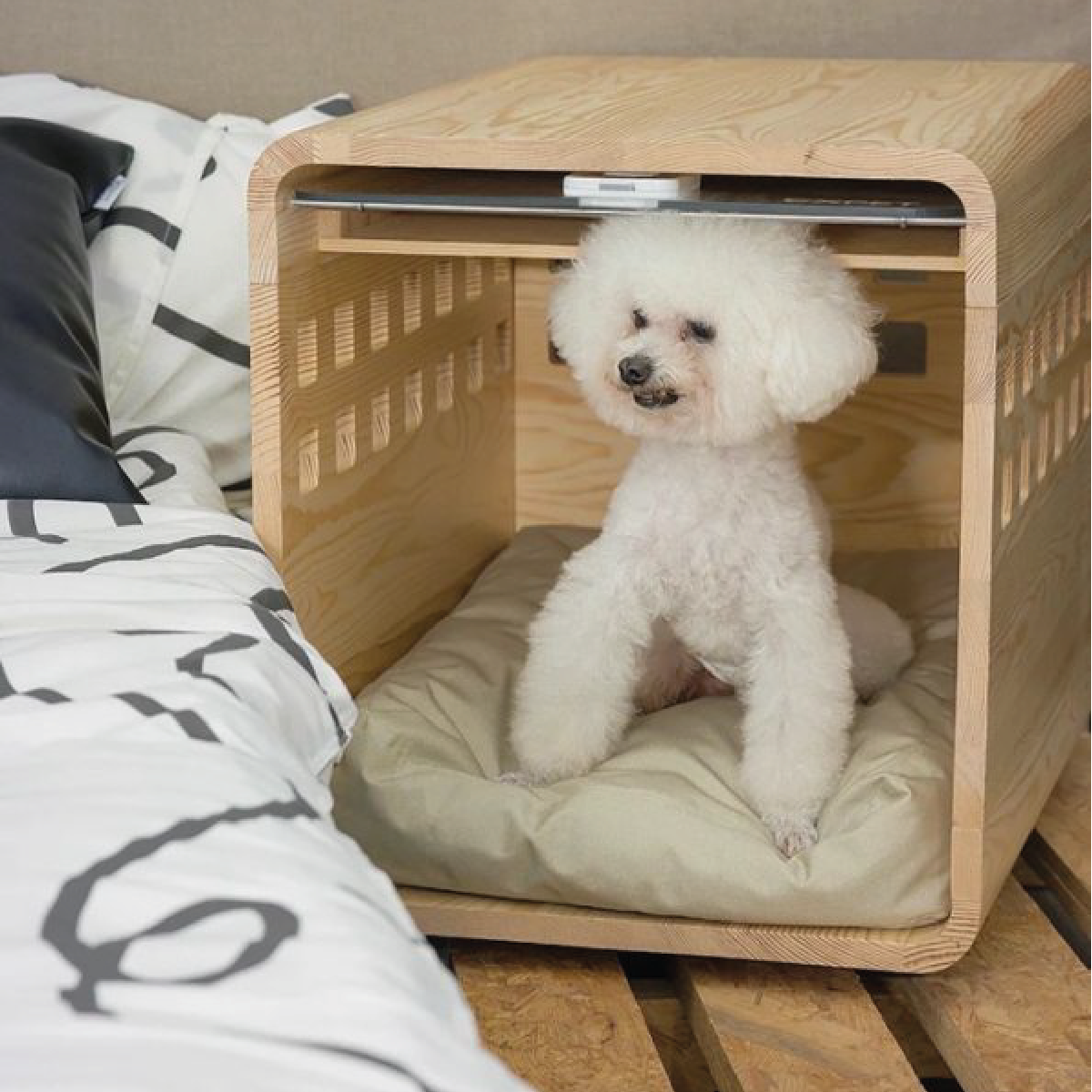
EASY TO ASSEMBLE
In 10 minutes or less, your dog will have a stylish, comfortable den. The crate is also easy to disassemble when necessary
| Size |
Measurements (External) |
Pet Weight |
| Small | 60 x 45 x 50cm | ≤ 7.5kg |
| Medium | 66 x 51 x 52cm | 7.5kg-15kg |
| Large | 83 x 61 x 64cm | 15kg+ |
Recommended Use:
This product is not recommended for dogs or puppies with chewing tendencies.
Materials:
Pinewood, Acrylic Perspex
Suitable for indoor use only.
FAQ
Crate Training
It is important to properly crate train your dog for various benefits, such as easier toilet training, teaching boundaries and a secure space for them to feel comfortable in.
Nevertheless, it is important to note that crate training is not the answer for every dog and should never be used as a substitute for the necessary exercise and mental stimulation they require. Additionally, no dog should be left in a crate, or anywhere else, for prolonged periods of time.
Crate training your dog has many benefits including:
Toilet Training - Teaching your pup to use the crate helps them become familiar with not using it as a bathroom, making it easier for them to understand the difference between where they sleep and where they should relieve themselves
Safe place for your dog - when feeling distressed due to loud noises or visitors, a crate can act as a private hideaway for your canine friend. This also ensures that your dog cannot access anything dangerous when you are not around, like exposed electric cords. Lastly, it is beneficial in times where you may need to restrict their movement such as after surgery or injury, making the experience less distressing for them.
Life Skills - Help keep dog calm and without worry when they need to spend time at the veterinary hospital, boarding facility, emergencies and/or temporary sheltering.
The process of training a dog with a crate can vary in length, depending on its age, attitude, and previous encounters. As you go through this process, it's critical to keep in mind that the crate should always have a pleasant association and training should take place in gradual, incremental steps. Here is how you can introduce your dog to the crate:
Step 1: Familiarising your pet with the crate
Position the crate in a prominent area in the house that your family spends a great deal of time in, like the living room. Leave it open so that the dog can explore the crate as it pleases, making sure that the door is open and secured so it doesn't suddenly bang shut and scare your pet. Your pet’s experience in and around the crate should be positive and playful.Try placing small treats, toys or a lick mat in and around the crate and encourage them to step in and retrieve them.
Step 2: Feeding your pet in the crate
Once your pet has become familiar with the crate, you can start feeding it regular meals close to it, further building a positive association with the crate . Gradually begin to close the door during meals. At first, open it once your pet finishes it’s meal, but each time try to extend the length of time it spends in the crate
Step 3: Gradual Extension
When your dog has developed a good comfort level with the crate, begin to confine it there while you're still home. Guide it to the crate with your command and give it a treat. Stay close to the crate for five to ten minutes, then take a few steps away and observe. After a few minutes, return, stay for a brief time, and then release your dog. Practice this process several times a day and increase the length of time it stays in the crate as well as the length of time you stay out of sight.
Clean area with a damp wet cloth and dry immediately.

